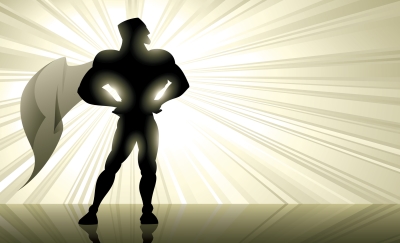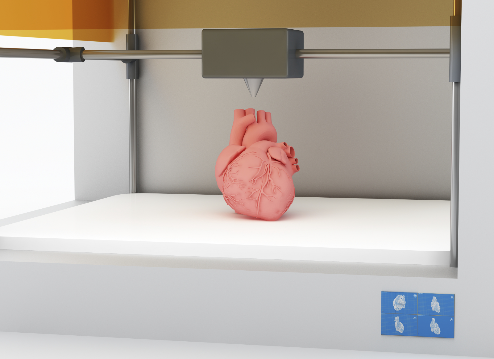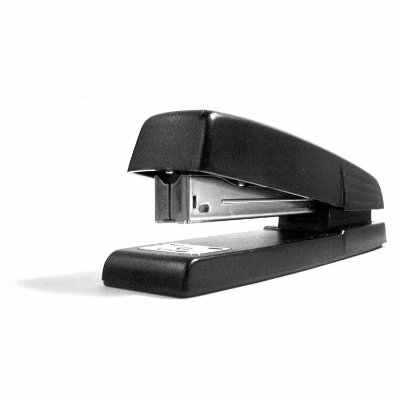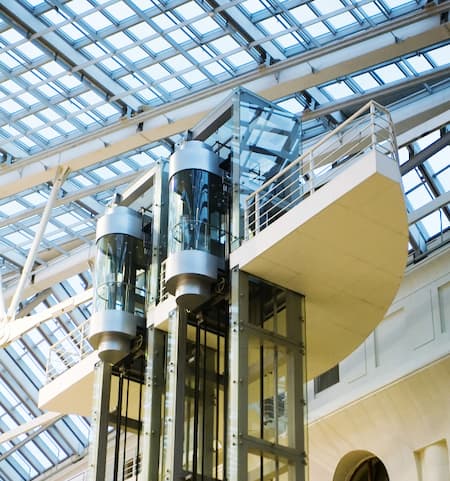With a number of advancements in robotic technology, it’s only logical that the next step could take us into the comic book world of superheroes!
We’ve seen them in sci-fi movies and dreamed of a future where superheros exist since our childhood. In recent years the Marvel wonders have been brought to life in action packed moves displaying the super abilities of Thor, Captain America and Guardians of the Galaxy. One Marvel hero standing apart from his brethren is the infamous Iron Man: a human in a robotic suit, and with the spread of masterful bionics it seems that the billionaire, playboy philanthropist superhero could appear off screen as well as on.
It’s exciting when new and improved technology awakens and here at European Springs we can’t help but wonder what will happen next.
Earlier this year seven year old Alex Pring was visited by the Marvel superhero. Alex, missing his right arm below the elbow, was presented with an Iron Man styled bionic arm. Featuring an impressing light in the centre of the bionic hand, and designed to identically match the Iron Man outfit, it’s made us wonder just what will come next in the robotic industry. Creating superheros may not be on the agenda, but robot suits are very much a top priority.
Mechanical Suits
Recently a mechanical suit has been created to control the movements and actions of a DARPA robot. Unsteady on its feet when controlled by remote, the mechanical suit is worn by a human ‘pilot’ in charge of moving the robot.
The current mechanical suit created allows the ‘pilot’ to see what the robot sees. Cameras attached to the robot’s head transmit images into VR goggles the ‘pilot’ wears, allowing for complete human control.
This has greatly excited us; blockbusters such as Pacific Rim and Real Steel may come to many a mind, but to us the potential to successfully and safely manoeuvre robots could have greater potential protecting humans in serious disaster zones such as Fukushima.
Able to go where no man has ever gone before, robotic technology has proved itself to be stronger and more durable than us; the positive and heroic influence this can has on human life has already been proven in reality, now we’re just waiting for the next step in heroics – bringing the likes of Iron Man off of the big screen.
Though we may not be leading producers of super suits (yet) we do offer quality pressings to help you further your technological dreams. If you’d like to know more about what we offer, contact us todayon 0208 663 1800. Super suits are no longer stuff of sci-fi, they’re the future.
European Springs




